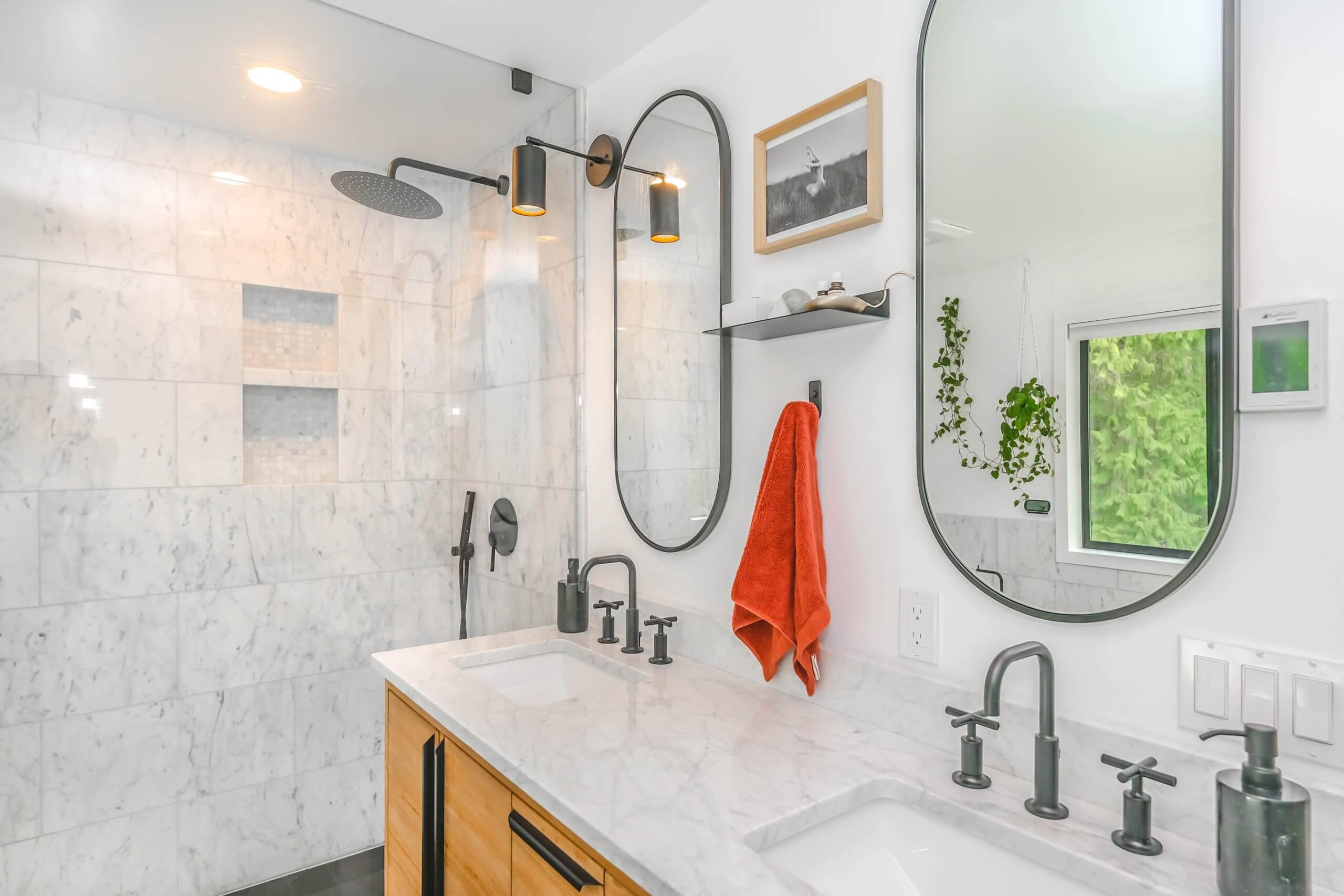Home improvement projects often focus on the big picture—new additions, full room renovations, or complete remodels. But sometimes, it’s the small changes that bring the biggest impact. One such transformation gaining popularity among homeowners is the tub to shower conversion. While it may seem like a minor update, replacing a traditional bathtub with a modern walk-in shower can improve function, safety, aesthetics, and even home value.
As lifestyles evolve and preferences shift toward convenience and efficiency, the classic tub is being replaced in favor of more spacious, accessible showers. Whether you’re updating a master bath, guest bathroom, or aging-in-place design, this smart swap delivers benefits that extend far beyond the surface.
Why More Homeowners Are Making the Switch
In the past, bathtubs were considered a must-have, especially in family homes. Today, priorities have shifted. Many people no longer find themselves using the tub regularly and prefer the simplicity of a shower. Others are driven by the need to create a safer, more accessible environment.
Tub to shower conversions are ideal for:
- Homeowners with limited mobility or accessibility needs
- Households looking to streamline busy morning routines
- Individuals updating outdated or awkwardly designed bathrooms
- Those seeking a spa-like experience without a full remodel
The goal is not just to save space, but to enhance how the bathroom functions for daily life.
Gaining Space Without Expanding Walls
One of the most immediate benefits of converting a tub to a shower is the visual and physical space it creates. Tubs—especially older, bulky models—tend to dominate the bathroom. Removing them opens up the floor plan, making the room feel larger and more breathable.
This perceived increase in space is particularly valuable in small or narrow bathrooms. A well-designed shower can be sleek, open, and integrated into the layout more seamlessly. Glass panels, minimal hardware, and neutral tile choices can enhance the feeling of openness without compromising on utility.
Improving Accessibility for All Ages
A tub to shower conversion is a practical step toward creating a more accessible home. Stepping into a bathtub requires balance and mobility that not everyone has, especially seniors or individuals recovering from injury. A low-threshold or barrier-free shower significantly reduces the risk of slips and falls.
When safety is a concern, additional features like built-in seating, hand-held shower heads, and strategically placed grab bars can make the shower even more user-friendly. These upgrades can be included without making the bathroom look clinical or institutional. In fact, many accessibility features now come in stylish finishes that blend well with modern decor.
Simplifying Cleaning and Maintenance
Bathtubs often have awkward corners, curved surfaces, and surrounding tile that are tough to clean. Mold and mildew tend to accumulate around the caulking and fixtures, requiring extra effort to maintain a sanitary space.
A walk-in shower, on the other hand, is typically easier to keep clean. Flat surfaces, fewer joints, and accessible corners simplify the cleaning process. If you choose materials like large-format tile or solid surface panels, you can minimize grout lines and reduce the chances of buildup over time.
For households with multiple occupants or busy schedules, this reduced maintenance load is a major advantage.
Boosting Visual Appeal with Modern Design
Style matters, especially in a space that’s used daily. A tub to shower conversion is an opportunity to upgrade not only functionality but also design. Modern shower installations come with countless options—from custom tile and frameless glass doors to built-in lighting and storage niches.
The result is a sleeker, more contemporary look that can instantly elevate the bathroom. Even a modest guest bath can feel more luxurious and tailored with a simple tub replacement. And because showers use less vertical space, the overall effect is lighter, cleaner, and more modern.
Many homeowners turn to brands like Renken Remodeling to ensure the final result matches both their functional and aesthetic goals. With professional guidance, it’s possible to achieve a high-end look without the cost of a full bathroom renovation.
Environmental Considerations and Water Usage
Showers typically use less water than filling a bathtub, especially when equipped with water-efficient showerheads. For households conscious of their environmental impact—or simply looking to cut utility costs—this is an important factor.
During a tub to shower conversion, it’s also possible to integrate other eco-friendly upgrades. These might include low-flow fixtures, sustainable tile materials, or improved insulation behind the shower walls. These choices not only support sustainability goals but also contribute to a healthier home.
Impact on Home Value and Appeal
When considering resale, bathroom updates are among the most valuable renovations. Converting a tub to a shower won’t deter most buyers—especially if there’s still a bathtub in another part of the home. In fact, it may increase the home’s appeal for buyers looking for accessible or low-maintenance living options.
A modern, functional bathroom that reflects current design preferences can make a strong impression during showings or online listings. This type of conversion is often viewed as a smart upgrade that strikes the right balance between cost and return.
Important Planning Considerations
Before moving forward with a tub to shower conversion, it’s important to consider a few key elements:
- Plumbing adjustments: Some conversions may require moving pipes or drains.
- Wall materials: Choose moisture-resistant backers and finishes.
- Waterproofing: Ensure proper installation of membranes to prevent leaks.
- Lighting and ventilation: Good airflow and lighting are essential in enclosed showers.
- Permits: Depending on your location, permits may be required for plumbing or structural changes.
Professional installation ensures these aspects are handled correctly. With experienced teams, the process is typically efficient and minimally disruptive, often completed within a few days.
Final Thoughts
A tub to shower conversion may seem like a simple swap, but its impact can be transformative. It changes how you interact with your space daily—adding convenience, style, safety, and efficiency without the need for a full-scale remodel.
This single project touches on multiple priorities: accessibility, modern design, ease of use, and long-term value. For many homeowners, it’s the change that makes the bathroom feel truly tailored to their needs and lifestyle.
When managed thoughtfully, and with the help of experienced professionals like Renken Remodeling, a tub to shower conversion becomes much more than a design update. It becomes a practical, future-ready investment in comfort, health, and home satisfaction.









